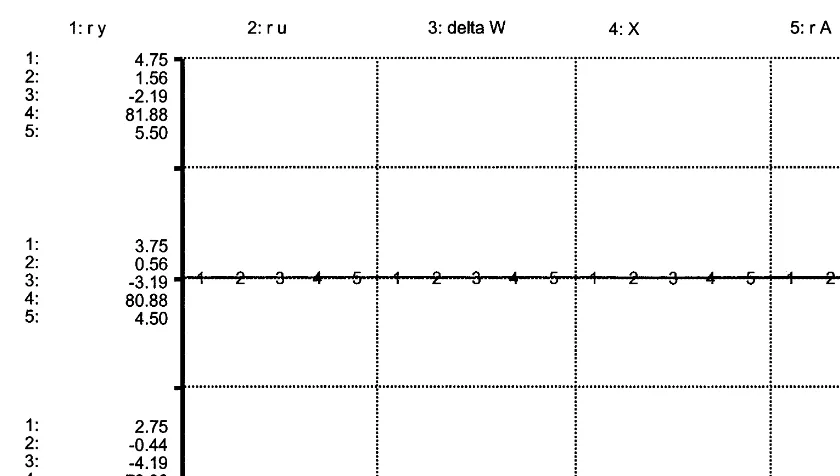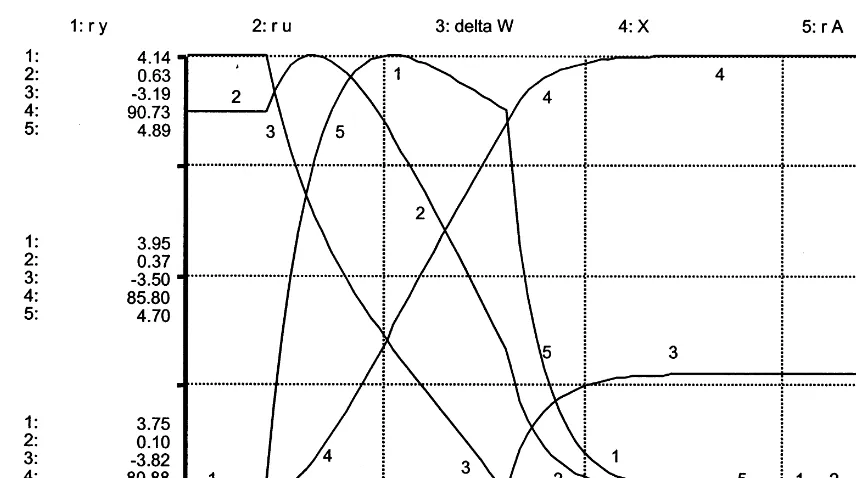Directory UMM :Data Elmu:jurnal:E:Ecological Economics:Vol30.Issue1.Jul1999:
Teks penuh
Gambar



Dokumen terkait
It is shown that a choice function is ordinally rationalizable if and only if the choice function is ‘‘consistent’’ with the operator, the operator is a closure operator and the
Finally, as the number of firms increases, the number of equilibria is reduced, and for a sufficiently large number of firms, only the allocation chosen by the consumers remains as
It is obvious that SYM and IIA are independent: A choice function that chooses the minimal distance point for every symmetric choice problem yet arbitrary otherwise satisfies SYM
Villegas (1964) employs a monotone continuity condition that applies both to increasing and decreasing sequences of events. This illustrates that Villegas’s argument does not apply
It follows that the set of all marginalist, efficient and monotonic values possessing the null-player property coincides with the set of random-order values introduced and studied
I n this or any finite time horizon model, we cannot solve for the optimal capital stock to bequeath to the future since the welfare of future generations (beyond the time horizon of
Based on “simple and intuitive financial theory” (Mukherjee and Naka, 1995; Chen et al., 1986), we hypothesize a relationship between the Singapore stock market and
This result is masked in Table 2 as impact per capita is influence by both calories per capita and the diet impact ratio, therefore differences in envi- ronmental impact between